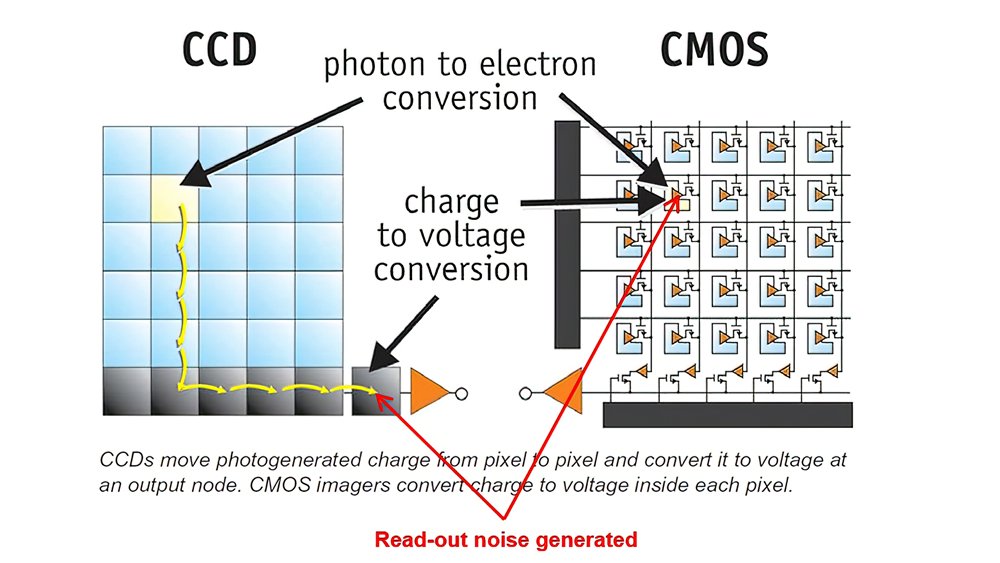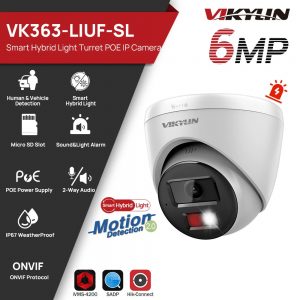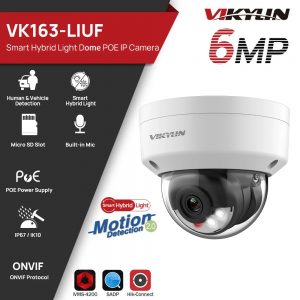In the world of surveillance and home monitoring, the use of advanced optical sensors has revolutionized the way we capture and view images. Two primary types of optical sensors stand out: CCD (Charge-Coupled Device) and CMOS (Complementary Metal-Oxide-Semiconductor). In this blog, we will delve into the workings of these sensors, their differences, and how they contribute to the effectiveness of cameras for indoor and outdoor use. Let’s explore the fascinating world of optical sensors and their role in enhancing home security.

CCD (Charge-Coupled Device) Sensor:
CCD sensors have a long-standing history in the field of imaging technology. They utilize an array of capacitors to convert light into electrical charges. As photons strike the surface of the sensor, they release electrons, creating a charge proportional to the light intensity. The charges are then read out sequentially and processed to form an image.
CCD sensors excel in capturing high-quality images with excellent color accuracy and low noise levels. They are often found in premium indoor cameras designed for precise surveillance applications. When selecting a camera for inside the house, consider CCD-equipped cameras to ensure superior image clarity even in low-light conditions.
CMOS (Complementary Metal-Oxide-Semiconductor) Sensor:
In recent years, CMOS sensors have gained popularity due to their significant advantages over CCD sensors. CMOS sensors use transistors to convert light into electrical signals, offering a more efficient and cost-effective approach to image capture. Each pixel in a CMOS sensor has its amplifier, allowing for parallel readout of pixels.
One of the notable benefits of CMOS sensors is their lower power consumption, making them ideal for outdoor cameras, especially Power over Ethernet (PoE) cameras. These outdoor PoE cameras can be installed conveniently without the need for separate power cables, simplifying the setup process for house cameras outdoor.
Image Capture in Various Environments:
When it comes to house cameras indoor, CCD sensors are an excellent choice. Their superior performance in low-light conditions ensures clear and detailed images even in dimly lit areas of your home. Whether you need to monitor a nursery or keep an eye on your pets during the night, CCD-equipped cameras offer reliable performance.
On the other hand, house cameras outdoor, equipped with CMOS sensors, provide reliable surveillance for your home’s exterior. With PoE camera outdoor setups, you can ensure continuous power supply and seamless data transmission over a single Ethernet cable, making installation hassle-free and cost-effective.
Home Monitoring Cameras: Ensuring Peace of Mind
Investing in high-quality home monitoring cameras is a crucial step towards safeguarding your family and property. homes with surveillance systems are significantly less likely to be targeted by burglars and intruders. With advanced CCD and CMOS sensors, these cameras provide clear, real-time footage, enabling you to monitor your home remotely.
In conclusion, understanding the differences between CCD and CMOS sensors is essential for selecting the right camera for your specific needs. CCD sensors deliver superior image quality for indoor applications, making them ideal for house cameras indoor. On the other hand, CMOS sensors offer power efficiency and are suitable for outdoor use, especially when combined with PoE technology for house cameras outdoor. Regardless of your choice, investing in home monitoring cameras equipped with these advanced optical sensors will provide peace of mind and enhance your home security.
Remember, a safe home is a happy home!





